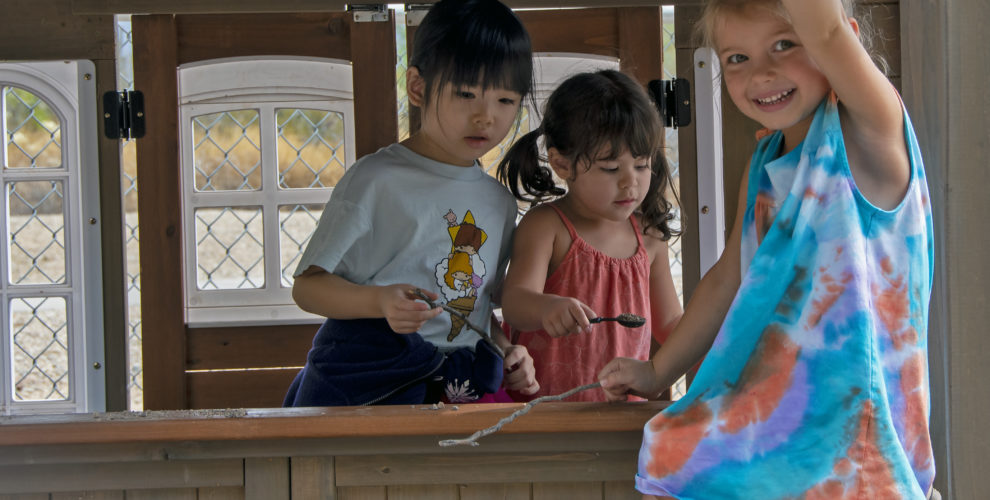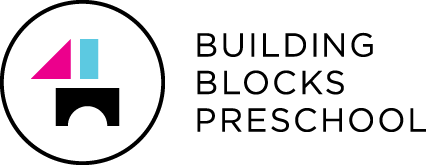P is for Play: Exercise and Movement in the Preschool Years

Exercise has been proven time and time again to be one of the most important things human beings can do for their bodies. Especially important is the physical health of preschoolers who are in the throes of learning good (and bad) habits.
Benefits of physical activity include:
- Lower risk for type 2 diabetes, obesity, and high blood pressure
- Bone strength
- Brain health (including reducing the risk of depression)
- Academic performance
- Regulation of sleep
It’s easy to see why exercise is so crucial in childhood, yet long gone are the days of “go outside and play” and being home when the streetlights come on to encourage playing. For most families now, play needs to be a little more structured and a lot more supervised. With busy lifestyles, the question becomes, how do you incorporate quality play, exercise, and movement into your family’s already hectic schedule?
A little goes a long way, and there are some creative and effective ways to build healthy habits for your family without having to spend a ton of time, energy, or money!
Encourage your child to play a sport
Now I am not talking about spending hundreds or thousands of dollars for club or league play. Sports can be as simple as kicking a soccer ball around the backyard or hitting some balls over a tennis court net at the park. Remember, exercise is most effective when it is fun, and there is always time to join organized sports later on.
It’s the little things
Park your car just a little farther away from the store entrance and start adding some extra steps to your day. Make taking the stairs more interesting than the elevator by having your preschooler count each step. Take the long way around when walking your dog. The extras really do add up!
Make exercise competitive
Challenge your preschooler to a “race” while shopping by taking a few extra laps going as fast as you can (without running of course). See who in the family can do the most crunches, pushups, or squats during a break in screen time. These little bursts of movement give new meaning to “healthy competition.”
Dance, dance, dance
Throw living room dance parties, and put on some music you and your preschooler can groove to and spend 10-15 minutes boogeying. Being an active participant in exercise makes you a great role model for healthy behaviors. Monkey see, monkey dance!
Make play and exercise part of their learning
See what is being implemented in terms of play, movement, and recess in your child’s school or daycare environment. Is exercise part of their learning? Your preschooler may spend a good portion of their day at their school, and it is important to know how much of that time will be spent in motion.
At Building Blocks Preschool, play and movement are part of the core curriculum. Purposeful play extends beyond the walls of the classroom into outside spaces. Each day includes frequent movement, play, and rest breaks to promote physical activity and maximize student learning and discoveries in the classroom. As Kathryn Kennedy, Head of School explains,
“We have a dedicated time for movement each day. It is a 20-minute block of time where we focus on our motor skills. We center around skill-building for different sports (rolling a ball for bowling or kicking for soccer, etc.). We also bring gross and fine motor skills into other subjects. We might “paint” the walls with water to practice our letter formation or practice adding by throwing balls into a basket.”
Movement and exercise shouldn’t have to be an “all or nothing” proposition, and the small things really do add up. They add up to healthy bodies, minds, and hopefully a habit that lasts a lifetime for your toddler or preschooler.

